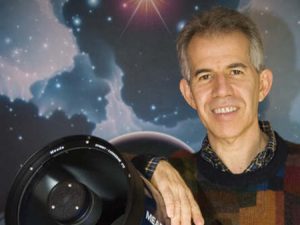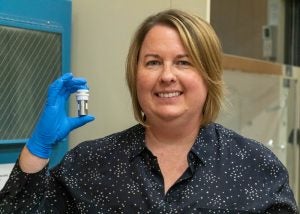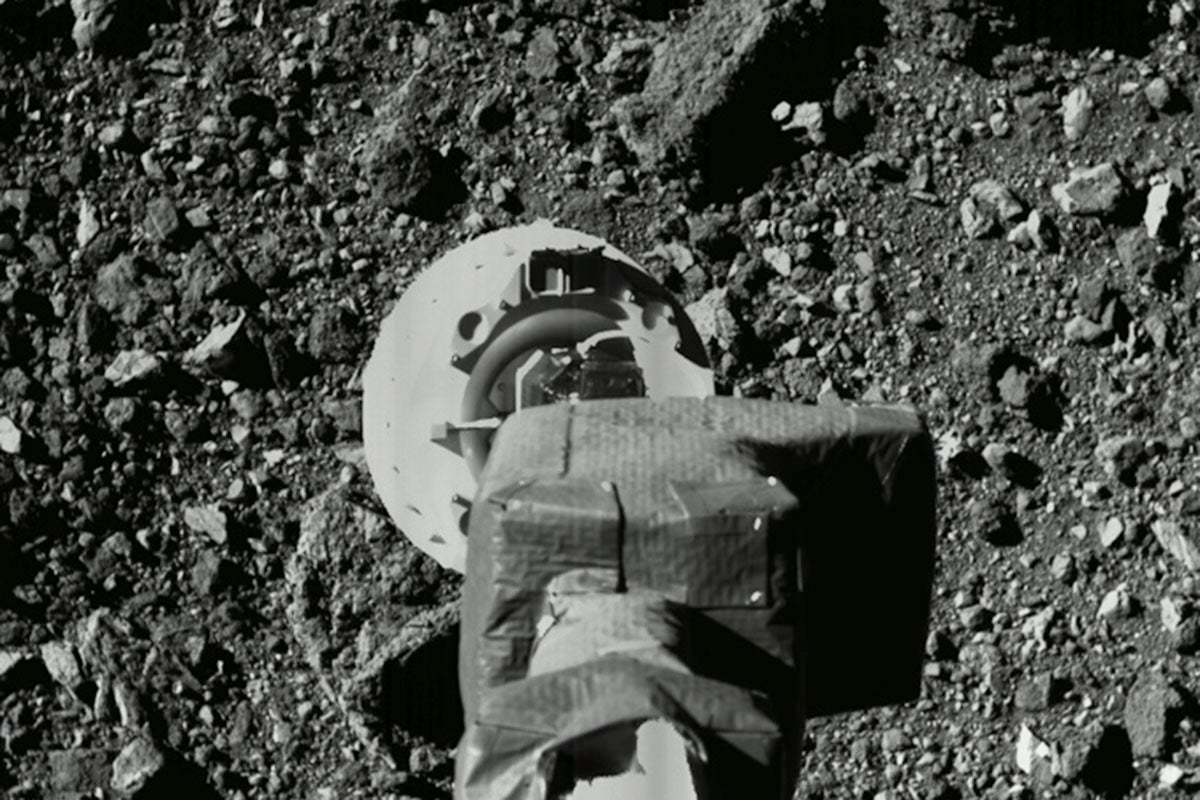Four years after it launched, NASA’s OSIRIS REx NASA mission is closing in on its big day. On Oct. 20, the spacecraft is scheduled to complete its touch-and-go move to collect a sample of asteroid Bennu.
University of Central Florida Physics Professor and asteroid expert Humberto Campins is counting down the days. He is part of the mission team led by University of Arizona Professor Dante S. Lauretta.
“This is it,” Campins says. “The past 10 years of my life have led to this moment. I’m eager to see it go well and to see what we discover in the sample when it comes back home.”
If successful, the sample will be back on earth by 2023 and scientists will have a chance to examine it. While the Japanese Space Agency has completed one asteroid sample return mission and has another on its way back to Earth, this is NASA’s first mission to retrieve an asteroid sample.
Campins, who led a team that first discovered water ice on an asteroid, has been working with the OSIRIS-REx team since 2010 and they have been especially busy since the spacecraft launched from Kennedy Space Center in 2016. But he’s been chasing asteroids his entire career, because they could hold the keys to understanding the formation of our solar system. And for Campins, it’s a mystery that needs to be solved.

Asteroids are believed to contain minerals and other materials from the birth of the solar system. Samples from various asteroids could help scientists understand how our planet formed and provide a better framework as the human race begins to explore other planets.
Bennu was selected because it is a primitive asteroid and potentially rich with materials from the early days, including organic molecules that can help us understand how life formed on Earth and possibly elsewhere. This asteroid could also pose a threat to Earth in the next 160 years depending on how its orbit evolves, since it is a potentially hazardous near-Earth object. NASA monitors and is particularly interested in asteroids that can pose a risk to earth.
The mission has been a wild ride for astronomers. Almost from the start, OSIRIS REx has produced unexpected results. On the spacecraft’s initial approach to Bennu, it took images and collected data that threw the scientists for a loop. One set of images showed the asteroid ejecting particles into space. Another sweep of images resulted in boulders much bigger than anticipated on Bennu’s surface and much more closely scattered throughout. The team studied the data and has come up with hypotheses for each unexpected turn and adjusted the mission. That’s part of the reason why the Touch-and-Go maneuver initially scheduled for August was delayed until October.
“Mother Nature keeps surprising us,” Campins says. “But that’s the amazing part of science. I can’t wait to see what we discover next and to get to work understanding why it works the way it does.”

Kerri Donaldson Hanna, an assistant professor of physics at UCF, is also part of the mission. She is part of the Spectral Analysis Working Group (SAWG). She analyzes the spectral observations from the spacecraft, which helped select the target site for the Touch-and-Go maneuver. The sample retrieved will help us better understanding how Bennu formed.




